Cells, Free Full-Text
Por um escritor misterioso
Descrição
The genus Aspergillus, one of the most abundant airborne fungi, is classified into hundreds of species that affect humans, animals, and plants. Among these, Aspergillus nidulans, as a key model organism, has been extensively studied to understand the mechanisms governing growth and development, physiology, and gene regulation in fungi. A. nidulans primarily reproduces by forming millions of asexual spores known as conidia. The asexual life cycle of A. nidulans can be simply divided into growth and asexual development (conidiation). After a certain period of vegetative growth, some vegetative cells (hyphae) develop into specialized asexual structures called conidiophores. Each A. nidulans conidiophore is composed of a foot cell, stalk, vesicle, metulae, phialides, and 12,000 conidia. This vegetative-to-developmental transition requires the activity of various regulators including FLB proteins, BrlA, and AbaA. Asymmetric repetitive mitotic cell division of phialides results in the formation of immature conidia. Subsequent conidial maturation requires multiple regulators such as WetA, VosA, and VelB. Matured conidia maintain cellular integrity and long-term viability against various stresses and desiccation. Under appropriate conditions, the resting conidia germinate and form new colonies, and this process is governed by a myriad of regulators, such as CreA and SocA. To date, a plethora of regulators for each asexual developmental stage have been identified and investigated. This review summarizes our current understanding of the regulators of conidial formation, maturation, dormancy, and germination in A. nidulans.
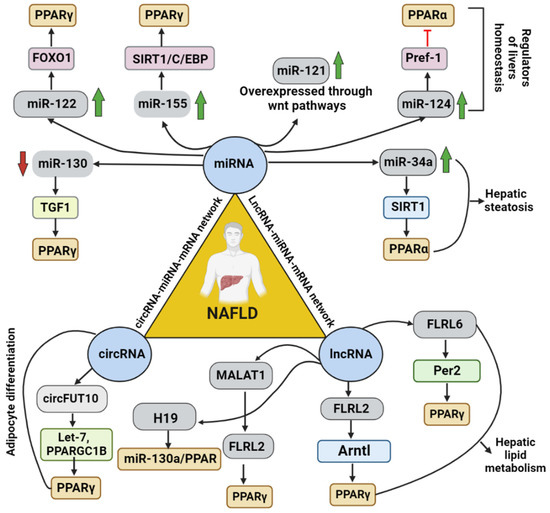
Iec/Ts 62886 Get File - Colaboratory
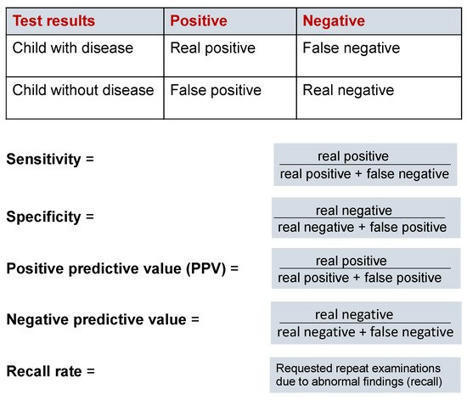
Cells, Free Full-Text
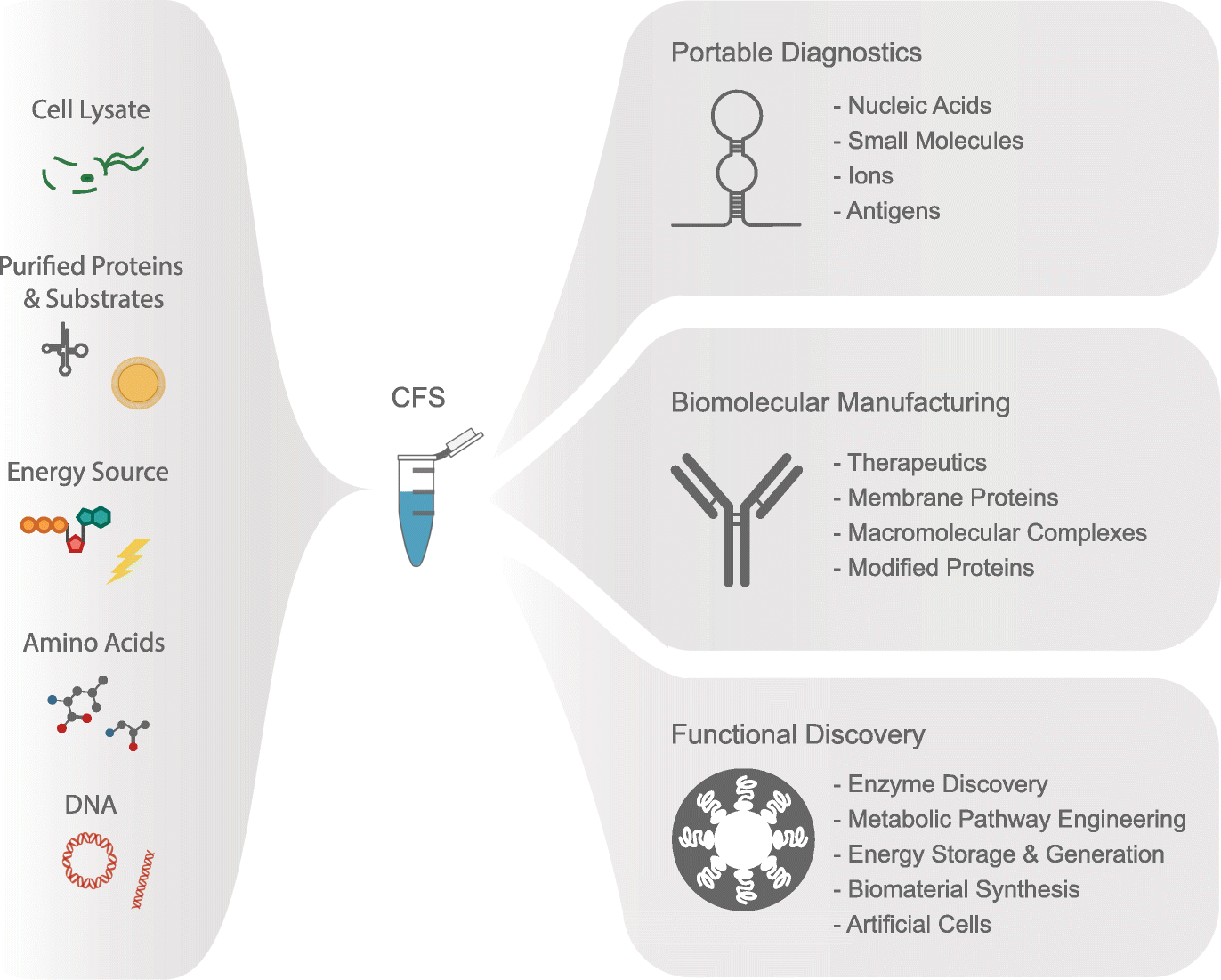
Cells, Free Full-Text
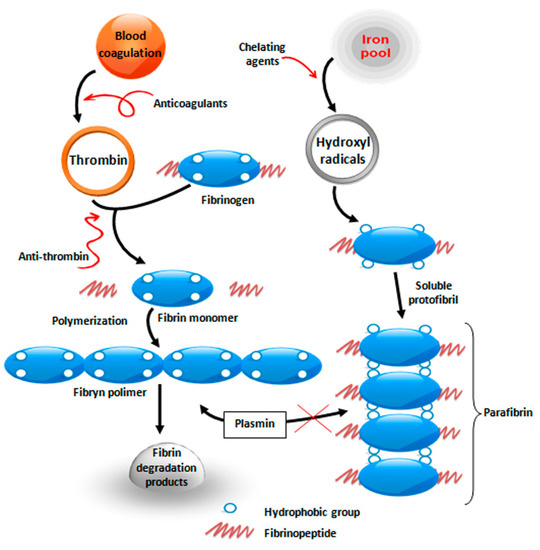
Polimer Program Get File - Colaboratory
IAPP/amylin-induced interaction between NLRP3 and ASC in a cell-free
Full-spectrum cell-free RAN for 6G systems: s
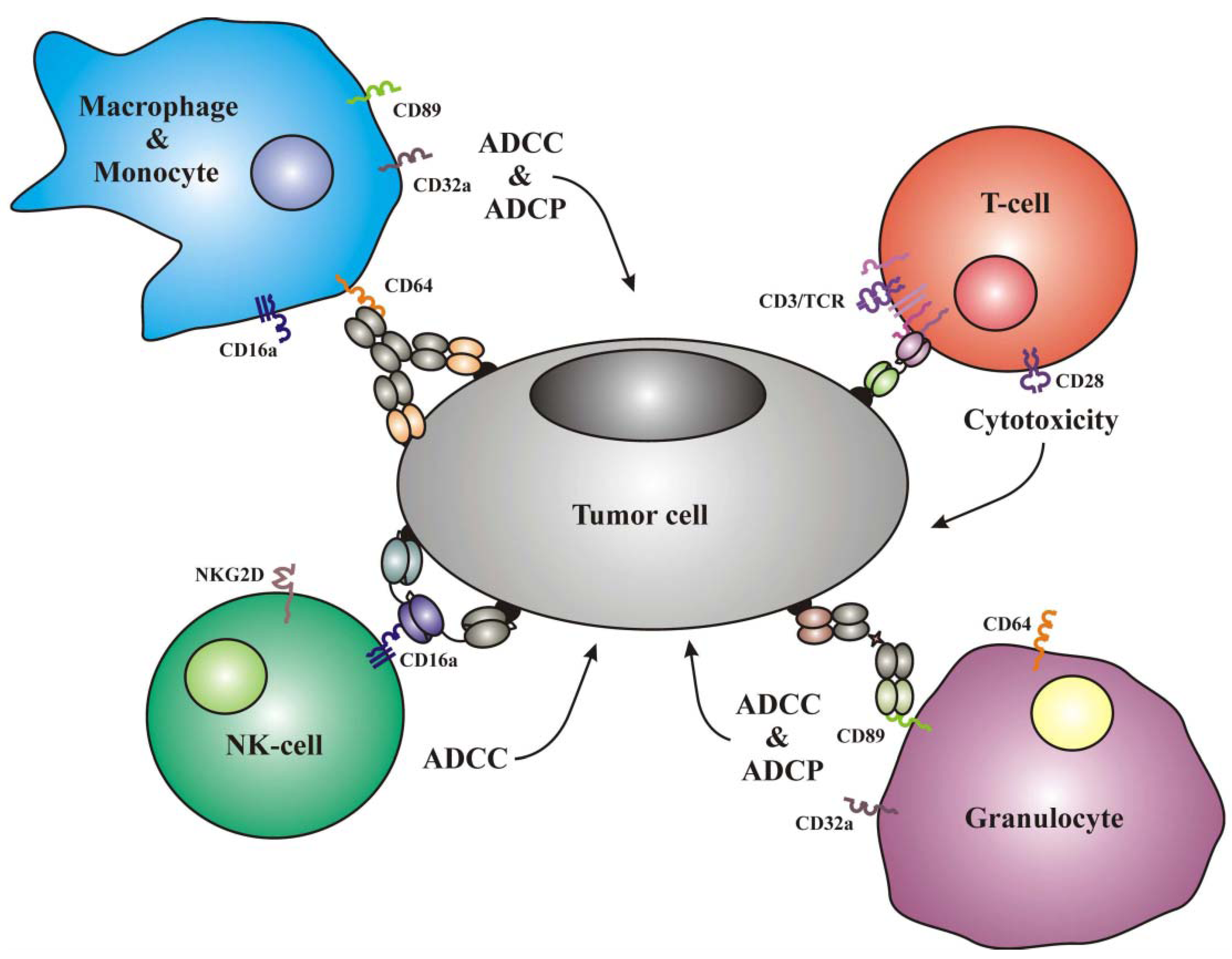
Antibodies, Free Full-Text

Cell-free mutant analysis combined with structure prediction of a lasso peptide biosynthetic protein B2

Cell-free Fetal DNA — A Trigger for Parturition

Cells, Free Full-Text
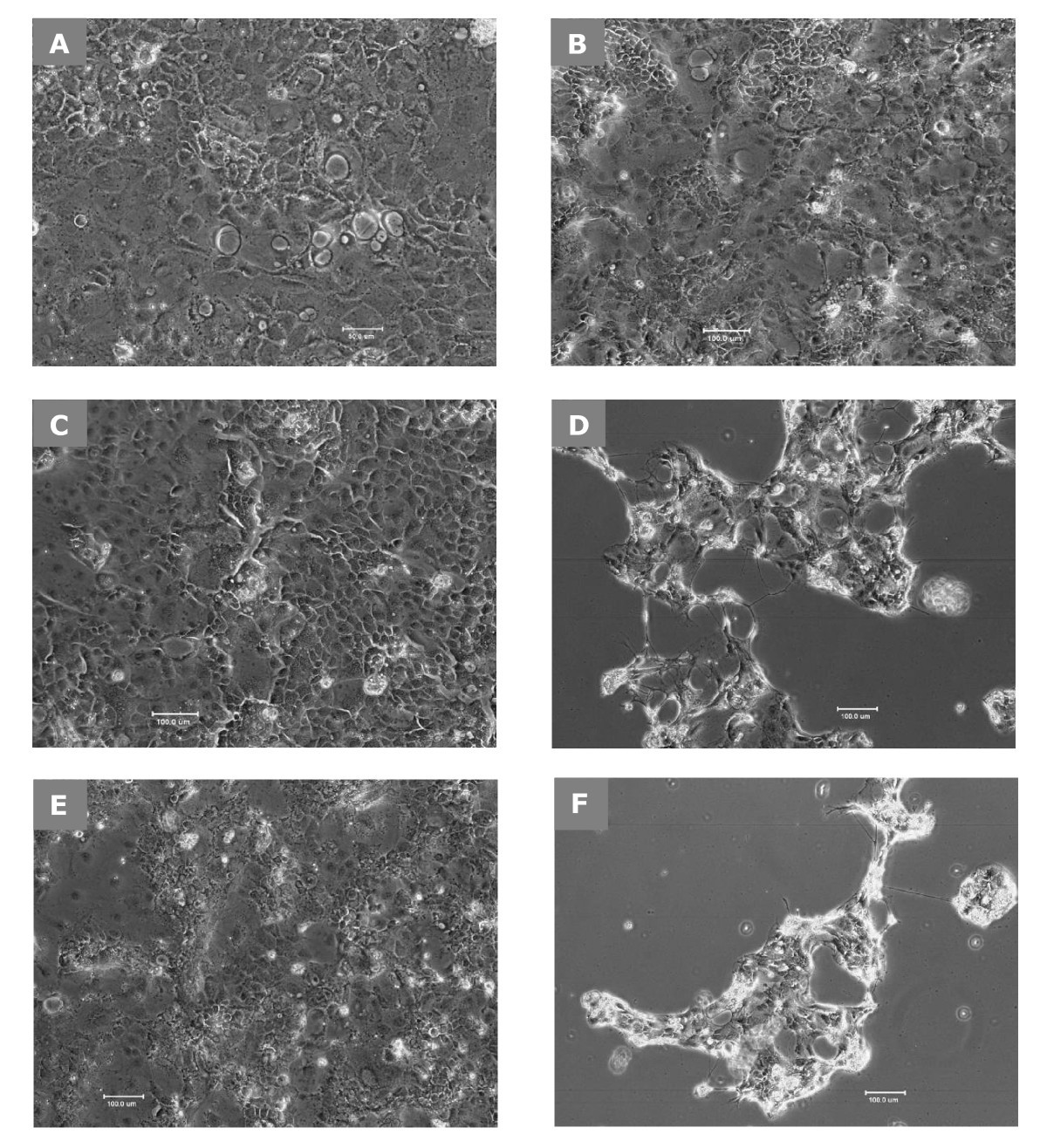
Lactobacillus delbrueckii ssp. bulgaricus B-30892 can inhibit cytotoxic effects and adhesion of pathogenic Clostridium difficile to Caco-2 cells, Gut Pathogens
de
por adulto (o preço varia de acordo com o tamanho do grupo)







